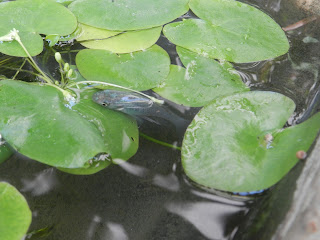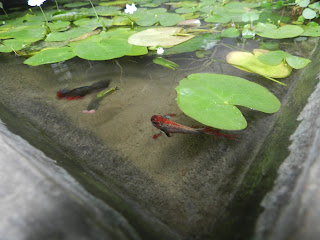KEEPING AN OUTDOOR FISH POND -3

KEEPING AN OUTDOOR FISH POND -3 Today I will post the last part of keeping an outdoor fish pond. Breeding fishes in the pond Fish such as Fighter fish ( Betta Splendens ) will happily spawn in a good pond. So if you would like to spawn one of these, provide a male with several females (he will choose one and spawn). I have written about spawning this fish in another post. ( Life of a fighter fish ). You can read that to know more. Livebearers will very easily spawn, even without you knowing. Young of these can be kept in the pond and they will grow to adults. Fish such as Gouramies might spawn as well. This is quite rare. They will collect various materials and make a shade like nest. It is best to separate the big-mouthed fish so that the eggs or fry are not eaten. juvenile mollies and Betta fish (bred in the pond) Ill fishes When a fish is ill, separate it in a different place with no pl...








